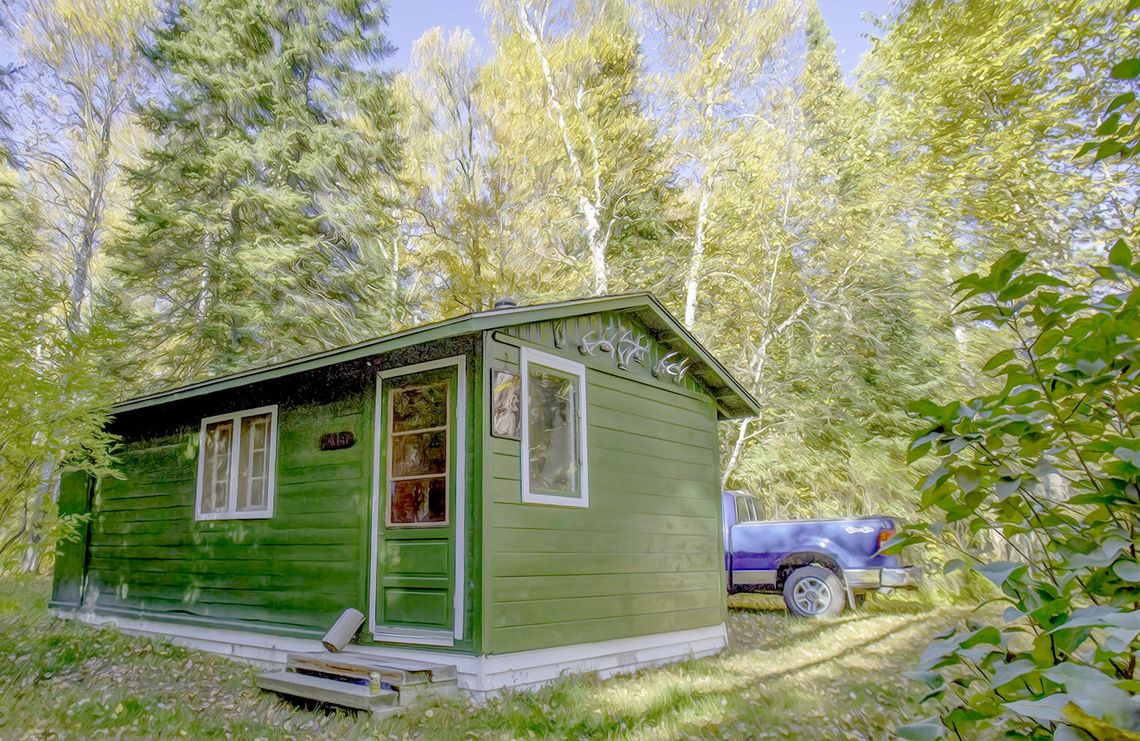Where I Come From
April 2, 2025 Hey, Buck! I’ve been thinking a lot about some things these past few weeks. Maybe it explains why you and I are kind of an anomaly. There are fewer of our generation left. We are outnumbered by those who are decades younger than us. I visit many in our circles who complain that they don’t understand the younger people in the country today. Might I suggest that the misunderstanding works both ways.
I am taken aback at how little people these days know about where they came from save the circumstances of their own lifetimes. Sure, they remember what it was like growing up, but how much do they really know about the origins and struggles of their parents, and even less about their grandparents. Thoughts, customs, attitudes these days seem to be influenced by what’s happening in a larger world than what we grew up with. Communications, social media, streamed entertainment and news sources take over and seem to be the biggest factors in shaping one’s identity. In our day it was a more intimate, much smaller circle of social and geographical factors that made us think, act and believe in who we were. My own grandkids, not to mention my former students, know so little about me. It’s time to let them know where I come from and why I think the way I do.
I grew up in a very rural setting in northern Minnesota. One set of grandparents lived next door to us. The other was about 20 miles away. In my early years, we didn’t have running water let alone a TV. We had a party line phone that we shared with three other households in our community. I went to a threeroom schoolhouse that hosted six grades – with only five students in my grade! Our world was bound by family and nearby neighbors, who for the most part, shared a common experience as to cultural and economic realities. My grandparents influenced me not only in where they were born, but in how they made their way through life. Let me start there.
My grandmother, Helmi Kinnunen, was a Sami. She was born in northern Finland near Kemijarvi. Her existence before she immigrated to the United States was with a nomadic group of people who traveled from the western shores of Norway and the bounties of the north Atlantic, to northern Sweden and Finland tending their reindeer herds during other months of the year. Living much of the year in a family dwelling similar to a tipi, records of her ancestors are hard to come by because they weren’t kept. Her family came to America about 1900, bought some property in Itasca County and started a small farm on ground that was not conducive to agriculture. Shortly after they arrived her father died, leaving her mother and siblings – the youngest born here in Minnesota – to manage what meager land and possessions they had. She married my grandfather in 1921 and moved half a mile to the south where she would spend the rest of her life. They also developed a farm and eventually a small resort. To make extra money, they took in boarders to stay in the small house that they had built. She fed, did laundry and prepared lunch boxes for as many as up to eight extra people besides the two children they had. This in a two-bedroom house with a pitcher pump for water and no inside bathroom. To say she was a hardy and hard-working person is an understatement. Unfortunately, I never met her. She died of cancer in 1951, and I was born in 1952.
My grandfather Edvin Hupila was also born in Finland west of Parkano. His ancestors are easier to learn about because they were established in their rural community centuries before he was born. They worked both as farmers and as carpenters. As was common in Finnish society at that time, given names were kept, but surnames were changed often and for many reasons. The name “Hupila” was established by his father and translates to “house of joy, or happiness.” It is an uncommon name. I was recently corresponding with a genealogist in Finland, and he remarked that there are currently only 22 people in Finland that use “Hupila” as a surname. Having about nine more here in the States, we are in small company. He had several brothers and sisters but was considered the “black sheep” of the family. His father was a lay minister of a sect that he described as similar to the Holy Rollers. During their services they would go into trance-like states and tremble while lying on the floor. He left home at 14 and lived in Denmark and England for a time before coming to the United States. He traveled extensively around the Midwest, riding trains and owning several motorcycles. Eventually, he found himself in Hibbing and in touch with several other immigrants that came from his ancestral home in Finland. He came across a piece of property in Balsam Township that interested him, but it was not for sale. The property next door was owned by Isaac Makinen. He was from a family near where my grandpa was born. Grandpa left some money with him to buy the land if it ever came up for sale. In the meantime, he moved back to Finland because he could not find steady work in the U.S.
Being in Europe during the years 1914 to 1917 was dangerous. Besides WWI, there was a revolution going on in Russia. Finland at that time was a Grand Duchy of Russia and also wanted independence. Two factions divided the country. The “White” Finns who were capitalists and wanted a democracy and the “Red” Finns who were more socialistic in their beliefs. Civil war broke out. Grandpa sided with the “Reds,” and as the “Whites” gained the upper hand it became dangerous for my grandpa and many of his associates to remain. Some moved to Russia and others to America. My grandfather returned to the U.S. and, in the meantime, the land he was interested in came up for sale and was purchased for him by Isaac. He had started the process and paperwork for becoming a naturalized citizen his first time here, but was robbed on a train in South Dakota and his paperwork was lost as a result. He never completed the process and remained an “alien” for the rest of his life. I do have some memories of that. Every year he had to go into the federal offices in Grand Rapids and register as an alien. My dad talked of several times the FBI had visited during the late 30s and early 40s looking for my grandpa. He actually went into hiding for a few years. I remember as a kid seeing copies of a newspaper called “Tyomies” laying around my grandpa’s house. That title means “The Working Man” and had socialist leanings. My grandpa passed away in 1971 – two weeks before I graduated from high school – when he drowned by falling out of a boat when he was putting in docks at his resort for the summer season. He was 83.
My other grandfather, Oscar Joel “Joe” Danielson was born near Mora, Minnesota. He moved briefly to Bagley and eventually to Bigfork where he worked seasonally as a lumberjack. During the winter he would live in a logging camp and in the spring, he was employed as a “River Pig” on the log drives along the Bigfork River. Living during the early 1900s, through the depression and into the 1950s, having a vocation as a lumberjack was not a lucrative one. The family was always dirt poor and squatted on a parcel of land that they paid Itasca
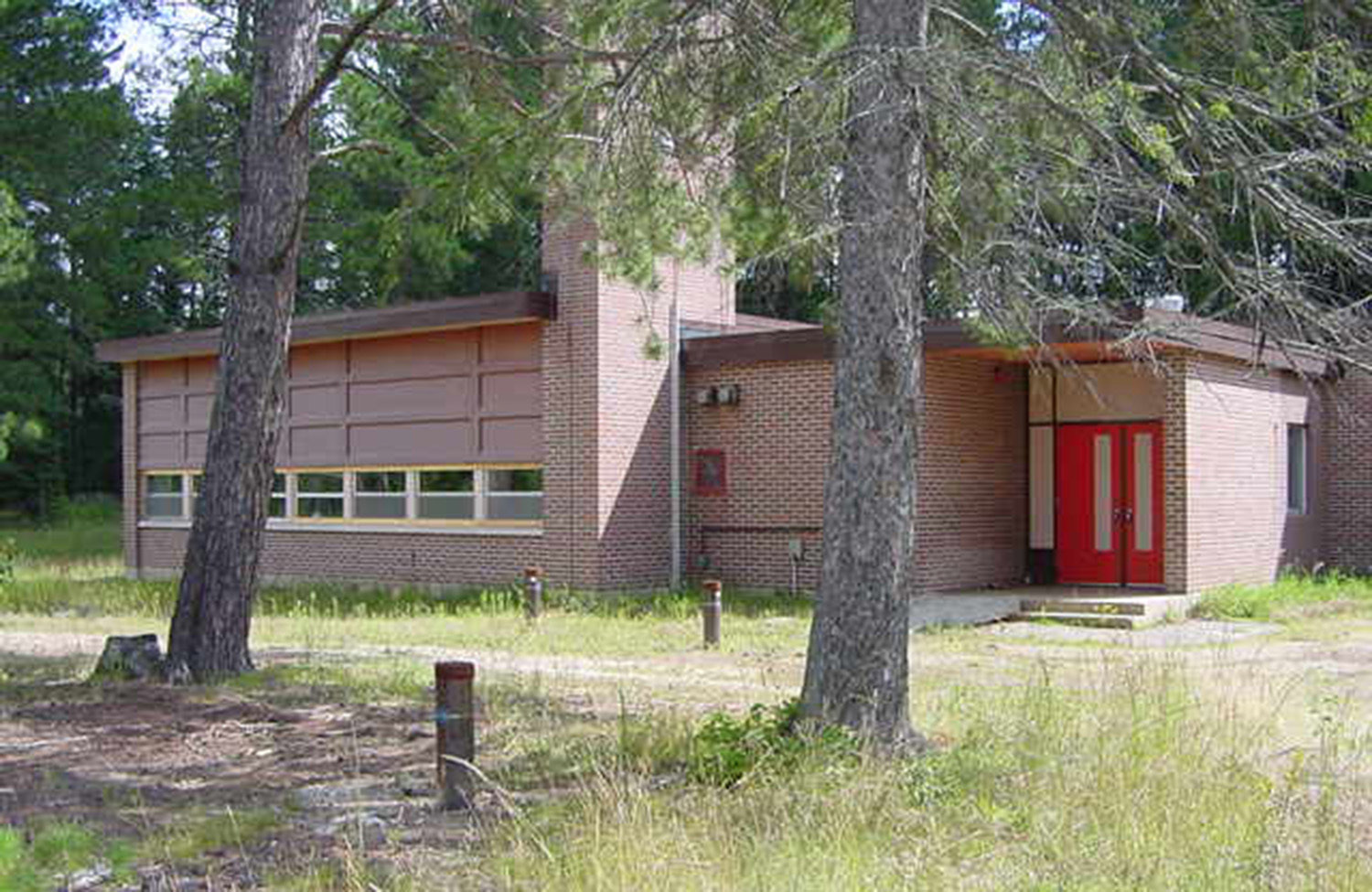
Balsam elementary school has now been removed.

Starting from the left, Wilho, Tom and Otto Kinnunen, Edvin Hupila. Below Edvin is Ken’s dad Alvar and of course, the little football player is Ken Hupila. Photo taken in 1953
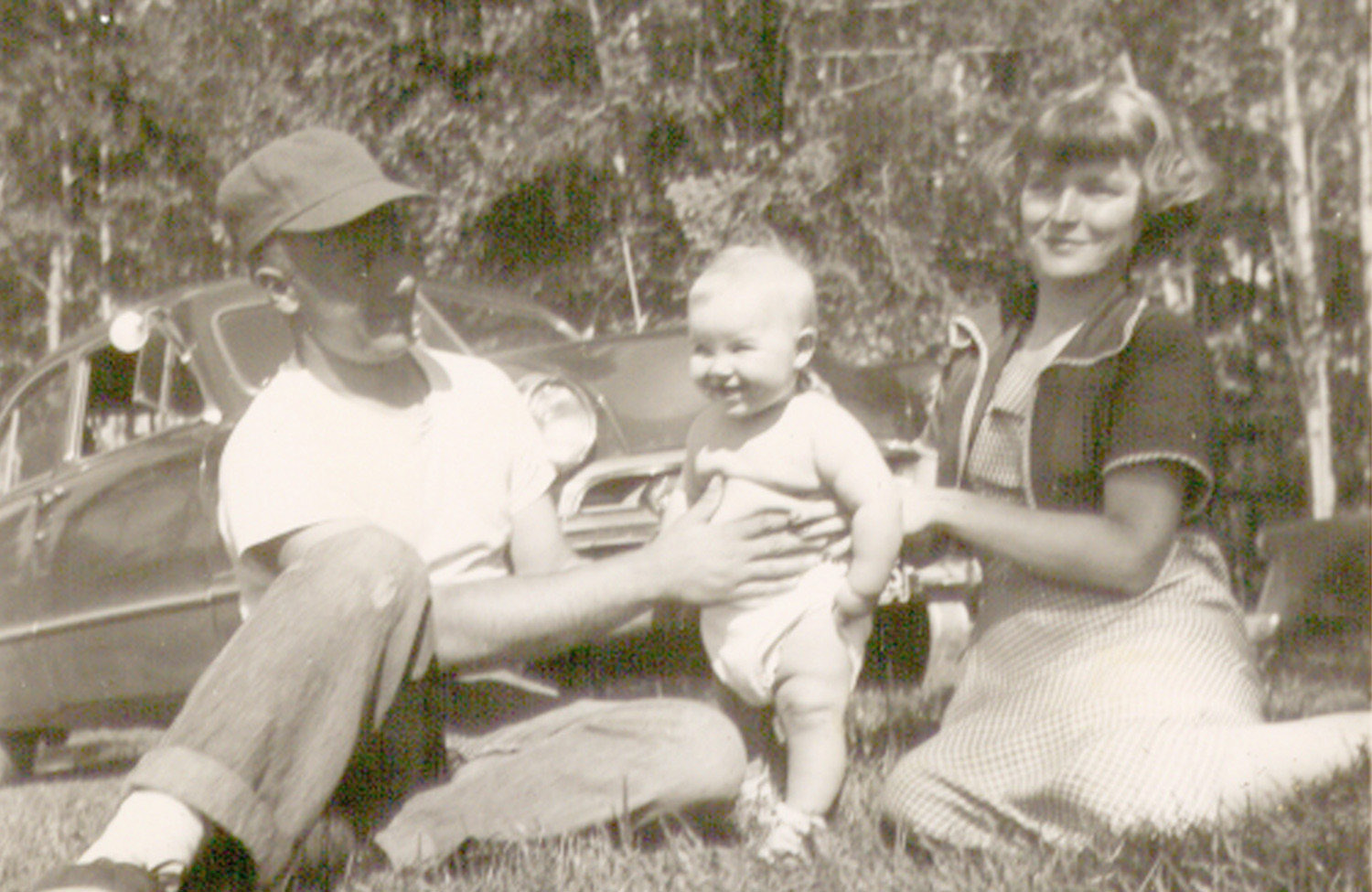
Ken Hupila with his parents Al and Toots Hupila in 1953.
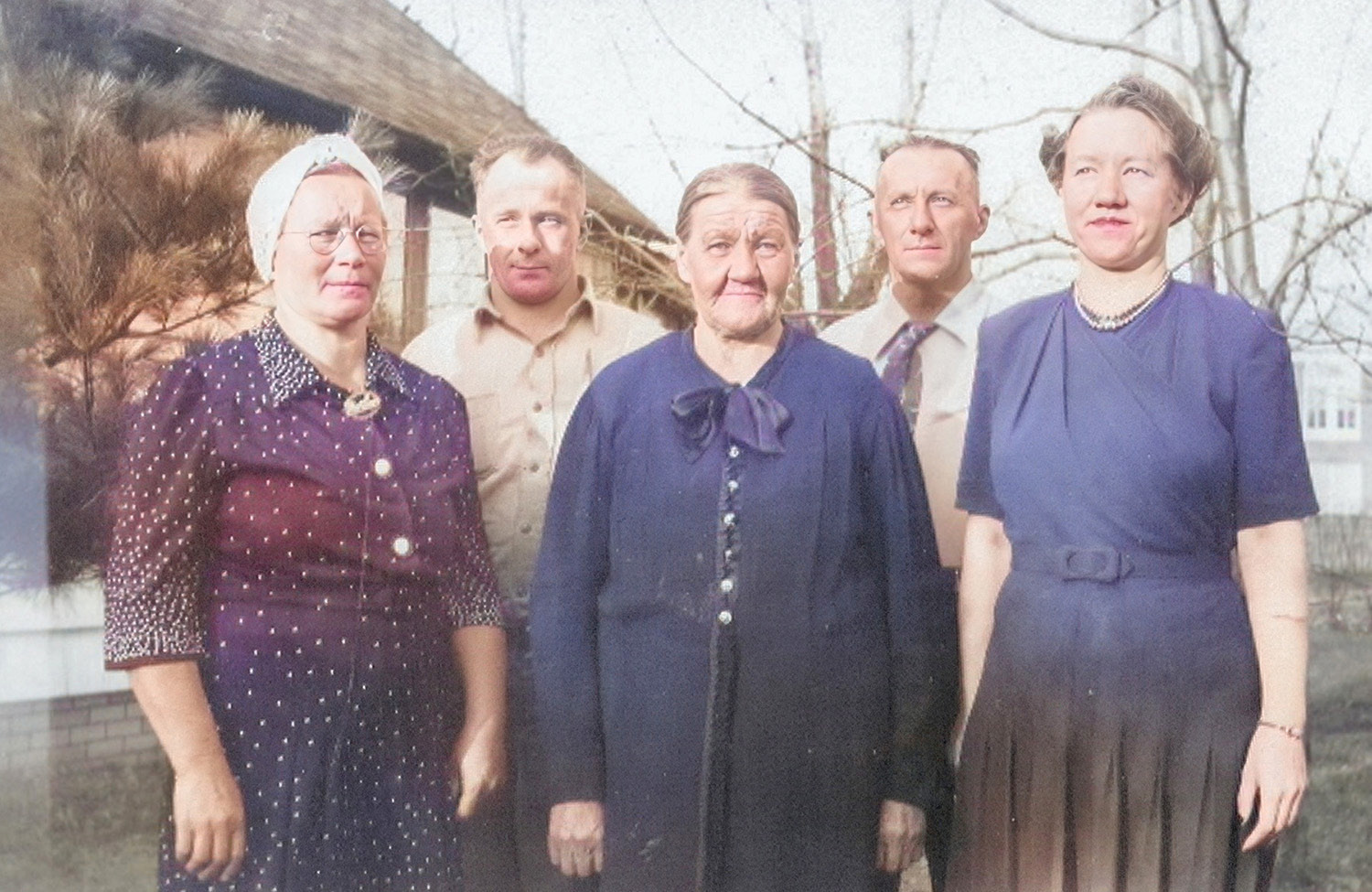
On the far left is Grandma Helmi, in the back is Wilho and Otto and on the right is Nellie and his great grandmother Ida. All are Kinnunens.
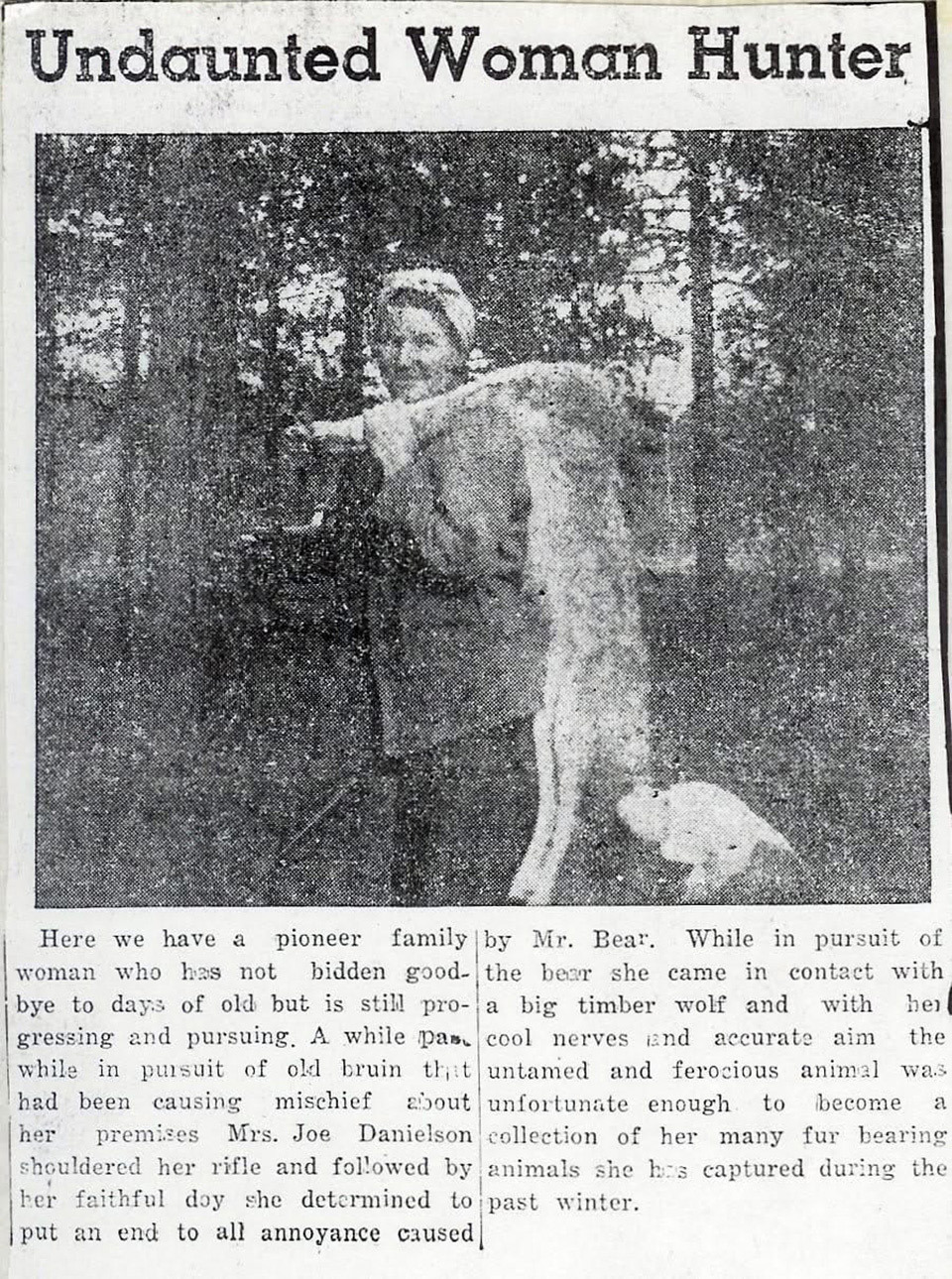
.jpg)
